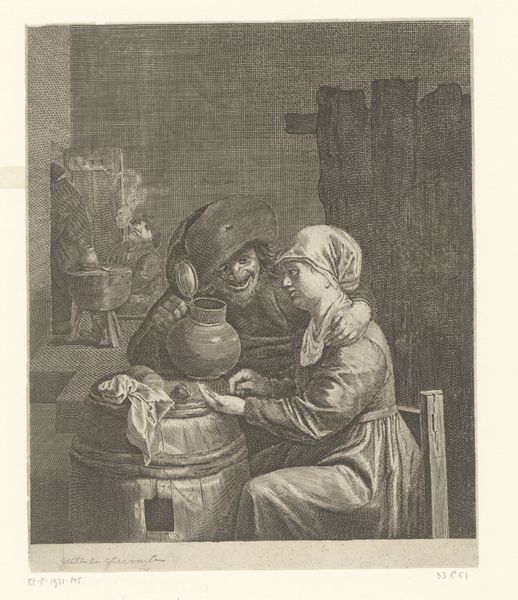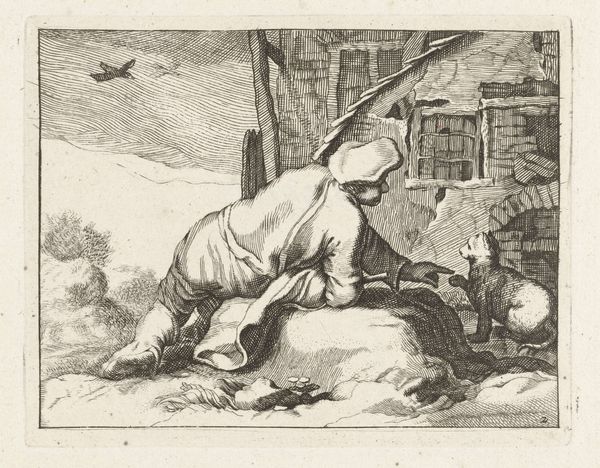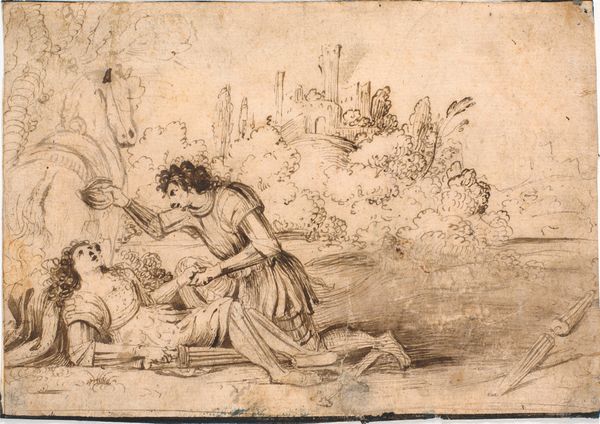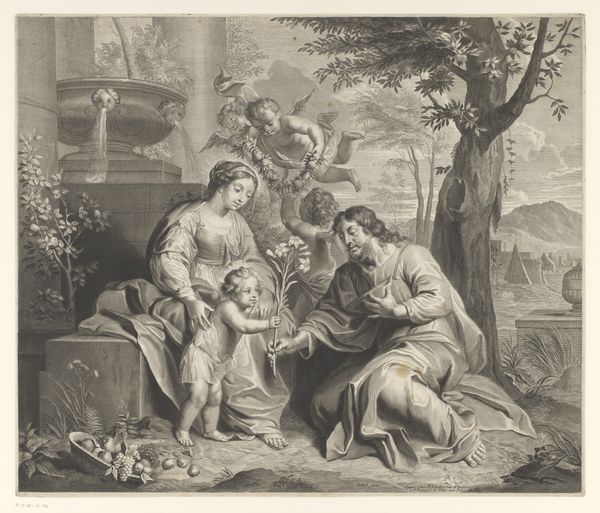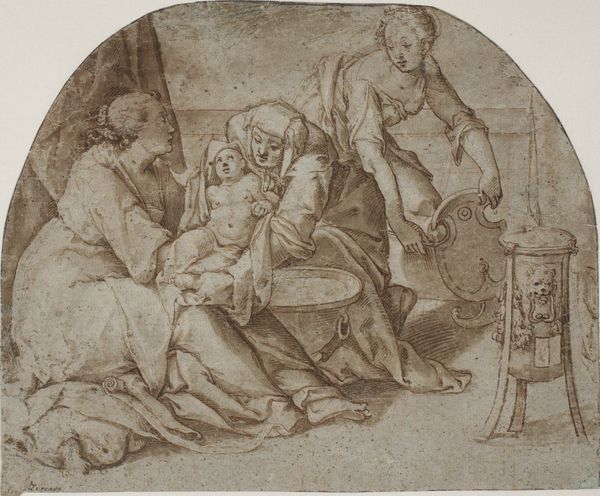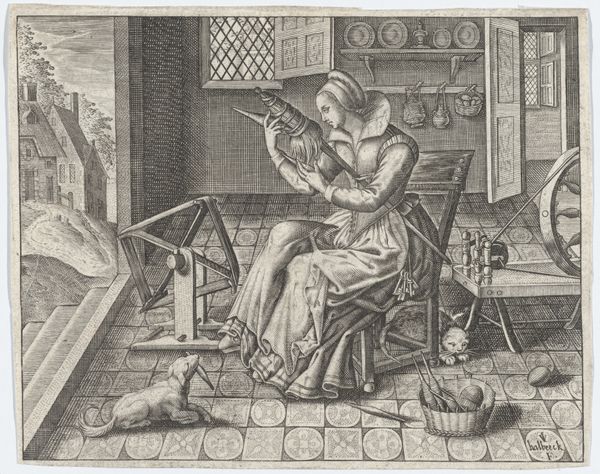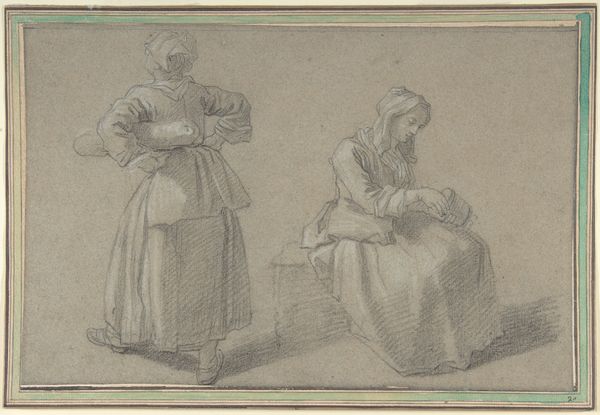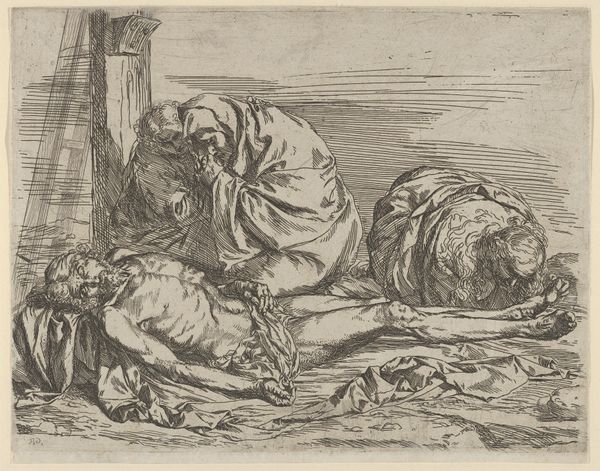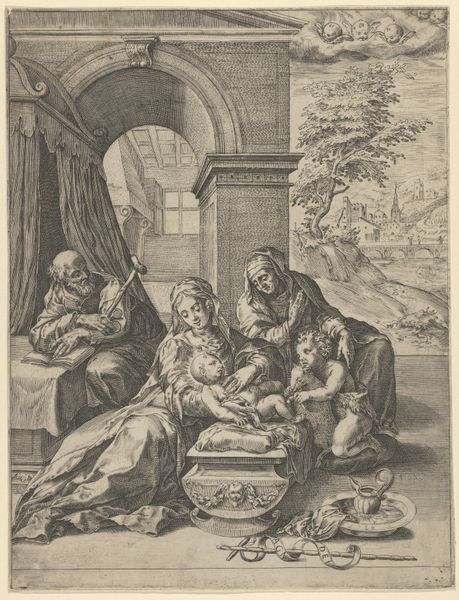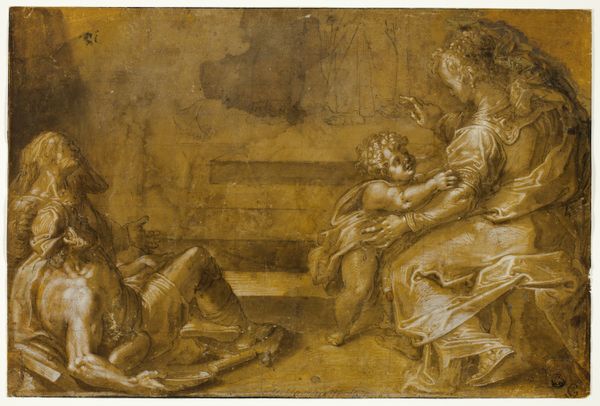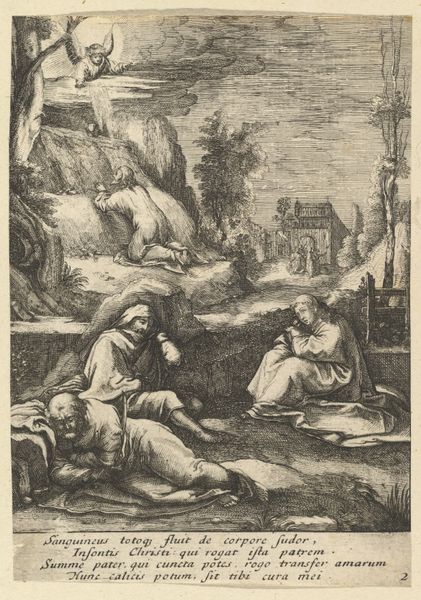
painting, oil-paint
#
portrait
#
baroque
#
dutch-golden-age
#
painting
#
oil-paint
#
genre-painting
#
realism
Dimensions: 28 1/4 x 38 1/4 in. (71.8 x 97.2 cm)
Copyright: Public Domain
Editor: This painting, “The Lacemaker” by Bernhard Keil, made sometime between 1660 and 1670, really draws me in. The detail in the lacemaking tools is incredible. How can we understand the importance of these details? Curator: It's crucial to consider the materiality of this painting. Keil uses oil paint to represent textiles – thread, cloth, even the lacemaking pillow. Think about the labor involved in both the craft of lacemaking and the act of painting itself. Where does the "high art" begin and the "low craft" end? Editor: That’s interesting. I hadn't considered the parallel between Keil's craft and the woman’s lacemaking. It makes you think about the value assigned to different kinds of labor. But was lacemaking really considered "low craft?" Curator: Exactly! This challenges our understanding. Lacemaking provided income but also signified a specific social position. Who wore lace? Who could afford it? Look at the other objects present, the cat. These details point to a growing merchant class in the Dutch Golden Age. The woman’s labour is presented here as valuable but is rendered anonymous. Editor: So the painting isn’t just a portrait, but a commentary on the economics and social structure of the time? It suggests how the work of this woman contributes to and depends on complex economic relationships. Curator: Precisely. By showing us the process, the materials, and placing the work in the context of a domestic scene, Keil elevates our understanding of labour and its impact. Editor: It makes you realize how much context matters to how we view this genre painting. Curator: It does, doesn’t it? Even this modest painting illuminates broad questions of economic structure and societal development!
Comments
No comments
Be the first to comment and join the conversation on the ultimate creative platform.
